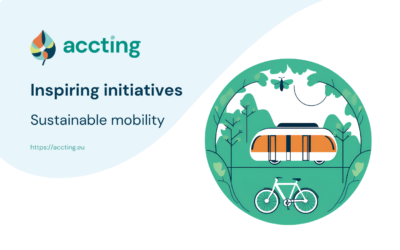Circular economy refers to a system that encourages the reuse, recycling and refurbishment of products and materials such that there is minimum use of primary resources. The aim is to establish environmentally friendly production and consumption behaviour by minimising waste generation.
One example of this is circular food systems, which entail:
- reduction of food waste,
- reuse of food,
- utilisation of by-products and food waste,
- nutrient recycling (nutrient recovery from the agri-food chain and utilisation as organic fertilisers),
- changes in diet towards varied and efficient food habits (Jurgilevich et al., 2016).
It is estimated that globally about 1.3 billion tonnes of food produced for human consumption is wasted along the supply chain per year (Gustavsson et al., 2011). The number of food insecure people around the world is escalating with 1.9 billion people estimated to be food insecure as of 2017 (Roser and Ritchie, 2019), and this has been further exacerbated by the ongoing war in Ukraine.
Adaptation in favor of a circular economy helps us navigate towards a sustainable, circular food system. This stands in opposition to the current linear system based on “take-make-consume-dispose”, where resources are used abundantly and waste disposal is the first resort.
A circular food system consciously imitates natural systems of regeneration so that waste is used as feedstock for another cycle. For example: food by-products free from contaminants can safely be returned to the soil in the form of organic fertiliser (Ellen MacArthur Foundation, 2019).
Applying the circular economy concept to food systems means producing food using regenerative practices, promoting healthy and environmentally friendly diets (including by simplifying access), and fully considering packaging and food waste issues. In sum, a circular food system is about integrating sustainability through reducing the potential adverse impacts of food production, processing and consumption.
To know more:
- Jurgilevich, A., Birge, T., Kentala-Lehtonen, J., Korhonen-Kurki, K., Pietikäinen, J., Saikku, L., & Schösler, H. (2016). Transition towards circular economy in the food system. Sustainability, 8(1), 69.
- Gustavsson, J., Cederberg, C., Sonesson, U., Van Otterdijk, R., & Meybeck, A. (2011). Global food losses and food waste.
- Max Roser and Hannah Ritchie (2019) – “Hunger and Undernourishment”. Published online at OurWorldInData.org.
- Ellen MacArthur Foundation, Completing the Picture: How the Circular Economy Tackles Climate Change (2019).



